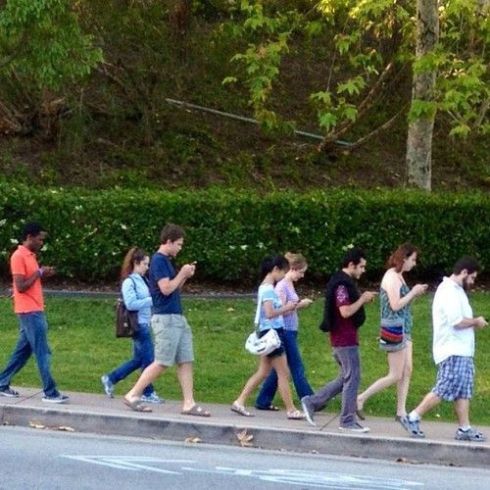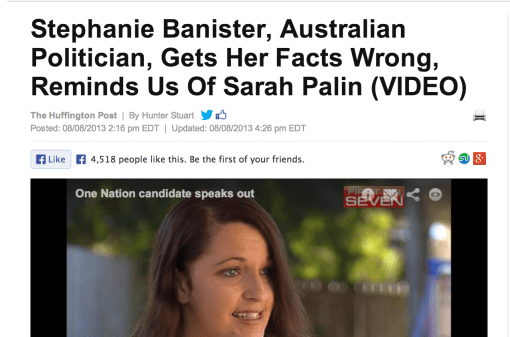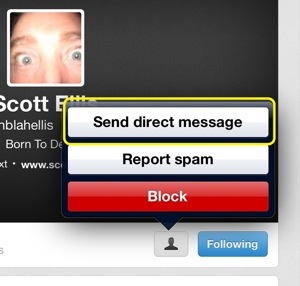A few months back I faced the task of cleaning up who I follow on Twitter to increase it’s usefulness to me. My feed had become a list of lefties in an echo chamber of middle-class rage. So I slashed and burned.
Now, some people I follow are there to keep me thinking outside my box, their lives are far from mine; socio-economically, geographically, and politicians, their views are confronting, if not obnoxious.
In other words, I’m choosing to see content on twitter that is deliberately irrelevant.
But what if relevance is not our goal?
Long ago, when Ashton Kutcher was being lauded for being the first to reach one million twitter followers, an Australian TV network asked him what the biggest challenge for Twitter would be. He said it would be a need to filter out all the crap. Increasing the relevance of your feed by adding posts, is not moving toward a filter, it is actually making it harder to find what you choose to see.
Context: Now, Twitter seems to think that we should see favourites on our timeline – not our own, but those of people we follow. This is akin to a stranger who has noticed you are checking the weather on your smartphone, chiming in with a “Did you also know that my brother’s soccer game was washed out last week? Look, here’s a photo!” It’s not warranted. It’s information only relevant in the sense that cats are relevant to string.
If twitter’s goal is to increase the relevance of tweets you see, this is set to fail. Even if every tweet they surfaced was in some way relevant to my interests, I don’t care. I still did not ask to see it. You had one job. And it’s hard enough filtering the pap and fluff out of my feed. To be force-fed an algorithmically chosen set of tweets is a worrying move toward Facebook’s all-powerful newsfeed.
If it is to simplify their interface, it does this as gently as a guy who invites himself to your dinner party and although he looks suave, he just brought three relatives you never wanted to meet. And they are dressed as donkeys.
Motivation: The main problem I see with serving other people’s favourites to your timeline is that their motives for clicking the star vary widely.
I recently had a guess at why people favourite my own tweets. These ideas also vary widely.
- They want to show me that they have seen my tweet – bless.
- They realise I have just uncovered a major, breaking new story and they are now running to their news director with the tweet in hand
- It made them laugh so hard they are keeping it to print out and put on their fridge
- They are compiling a list of the Most Enjoyable Tweets Ever Tweeted
- They need to retain my joke for when they are feeling low and they need a lift.
- They are stealing my quirky analogy for a book they are writing on pop culture
- They want evidence that they knew me before I became famous – like Tom Cruise famous.
- They need to keep my insight as a reference when dinner party debate inevitably turns to ‘Why do people keep touching me on public transport?’
- They meant to hit ‘Block’.And then I had someone tweet a favourite they had been shown – it was of a plate of unattractive fried chicken. It was the kind of favourite that must have a backstory – probably not a good one, but nevertheless, a context that was completely lost on the recipient.
Privacy: The forced revelation of something many people consider private has been a major gripe in reaction to this blessed feature. I’m sure it’s not something that will warm people to your brand next time they are weighing up their use of your service.
And here is how some tweeters saw the change…
https://twitter.com/DudleyRees/status/503465292694290432
https://twitter.com/louisetaft/status/503440017663229952
Thankfully, there are ways to get around this imposition…
Avoidance: Stop using the official website when you want to use twitter – use Tweetdeck on your browser or tweetbot on an iPhone. Each of them offers a better, more tailored experience, and are free of this new feature.
























